Adventures at the Smithsonian
This post is part 1 of our Wednesday Adventure Series. Each week we will highlight something different in the Washington, D.C., Metro Area, many of which will be options for part of your own BookCrossing Journey. With so many things to see and do, how will you choose?
James Smithson, a British scientist who died in 1829, stipulated in his will for his estate to go “to the United States of America, to found at Washington, under the name of the Smithsonian Institution, an establishment for the increase and diffusion of knowledge among men.†The reason for this generosity is something of a mystery as Smithson never set foot in the United States. Today, the Smithsonian Institution is the world’s largest museum complex, including 19 museums, 9 research centers, and the National Zoo. Many of the museums can be found on the National Mall in Washington, D.C. and are absolutely free to visit.
There is a wide variety of subject matter at these museums and you can get an introduction to all of them in the Smithsonian Institution Building, which everyone calls “the castle.” Contrary to what author James Patterson’s characters like to call it, locals don’t call it “the Smitty.”
The Smithsonian houses more than 136 million objects which have significance to nature, science, history, art, and culture. At the American History Museum you can see artifacts such as Lincoln’s top hat and Dorothy’s ruby slippers. Right next door at the Natural History Museum you can see everything from dinosaur skeletons to the Hope Diamond. You can learn about tribes of past and present at the American Indian Museum. Next to that museum you can see everything from moon rocks to the first airplane at the Air and Space Museum. The Smithsonian art galleries include the American Art Museum, the African Art Museum, the Hirshhorn Museum and Sculpture garden, the Freer Gallery, the Sackler Gallery, and the Portrait Gallery; treasures range from George Washington’s portrait in the Hall of Presidents to Roy Lichtenstein’s pop art. Also in Washington, D.C., but further away from the National Mall, are the Renwick Gallery, the Postal Museum, the Anacostia Community Museum, and the National Zoo.
Throughout Saturday at the BookCrossing Convention, we will have several Museum Hopper activities where you will get small tastes of most of the museums on the National Mall, created by BookCrossers for BookCrossers. We hope that after seeing some exciting highlights you’ll be able to decide which museums you would most like to see more of. The activity will end early enough for you to be able to spend a few hours in the museums on your own before closing time (5:30 PM).
Now here’s the inside scoop:
- If you plan to release books while visiting the Smithsonian museums, we strongly encourage you to do so outside on the Mall or in the Sculpture Garden. Book releases are not expressly forbidden inside the museums, but the cleaning staff is extremely vigilant about removing anything that doesn’t appear to belong in the exhibits.
- Most of the museums offer free highlight tours regularly (sometimes several times a day) so if you only have a few hours to spend, you might want to check those out.
- Most people coming to town (more than 7 million) seem to gravitate toward the Air and Space museum, which grew so large that the Smithsonian had to build a second Air and Space museum, the Udvar-Hazy Center, which is located in Virginia within sight of Dulles airport. The Air and Space Museum in Washington, D.C., can get crowded on the weekend so if you’re coming into town early or staying late, you might choose to save this museum for a weekday.
- Many of the museums have nice food courts, but the American Indian Museum food court is arguably one of the best in Washington, D.C., featuring foods from all over the United States as well as classic items.
- To save time when entering, have any bags/purses/backpacks unzipped and open. Security guards will give them a quick look to be sure you’re not carrying anything dangerous. More info about policies is available on the Smithsonian’s website.
- The National Gallery of Art and its sculpture garden sit amidst the museums on the National Mall but aren’t actually part of the Smithsonian Institution. The good news is that, like the Smithsonian museums, admission is free.
- The Smithsonian isn’t just about archiving. Some of the museums have research centers or libraries where you are allowed to look at things not currently on display in the museums. For example, there is a library on the third floor of the American Indian Museum where you can look at current research and view some of the archives. There is a Natural History Library (the NMNH Library) housing a collection of scholarly and technical research materials where you can find scientists studying and artists drawing. Contact the museums ahead of time for more information.
If you’re visiting the museums, be sure to bring good walking shoes. There are so many museums and so much to see. We guarantee you’ll find something that interests you.





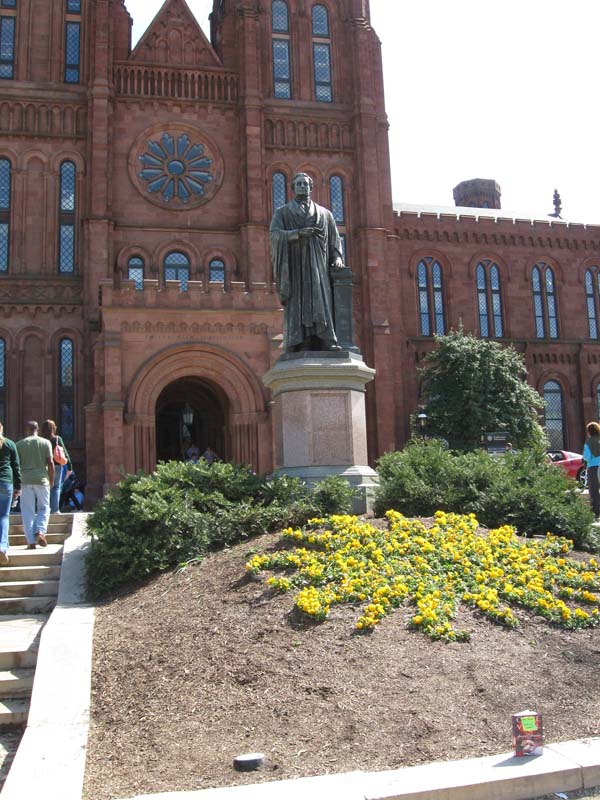
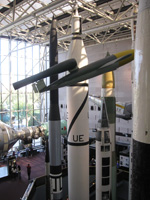
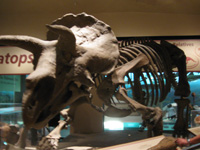
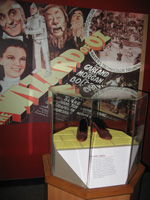
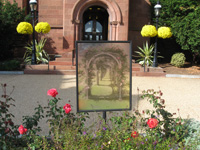
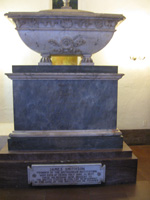
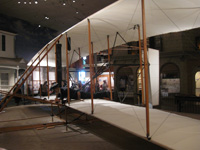
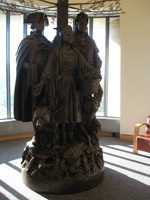
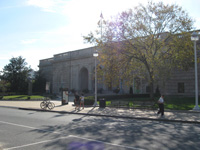

Hah! Bring, not just good shoes and a camera, but a week of free time! There are so many great things to see in the Smithsonians.
Looking forward to poking my nose into one or two of them!
So true! I’ve lived here over 25 years and there are still a few Smithsonian museums I’ve never visited. One day–one day–I will make it to the Postal Museum and the Renwick Gallery, I swear! *shakes fist in the air with determination*